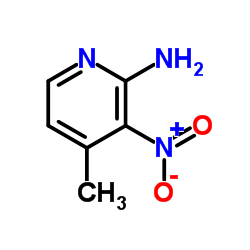| 结构式 | 名称/CAS号 | 全部文献 |
|---|---|---|
 |
2-氨基-4-甲基-3-硝基吡啶
CAS:6635-86-5 |
| 结构式 | 名称/CAS号 | 全部文献 |
|---|---|---|
 |
2-氨基-4-甲基-3-硝基吡啶
CAS:6635-86-5 |